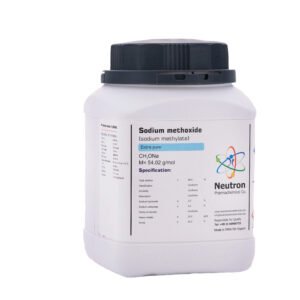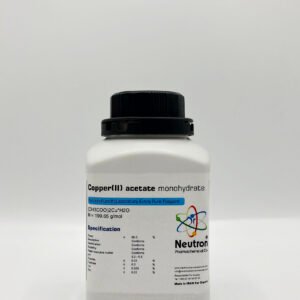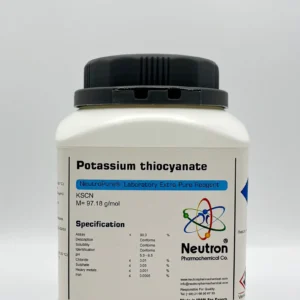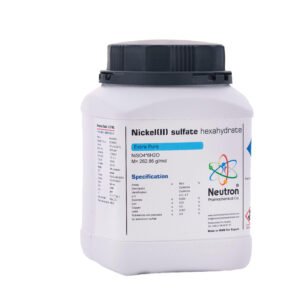Di ethylamine
| Chemical formula | (CH)NH |
| Molar Mass | 73.14 g/mol |
| CAS Number | 109-89-7 |
| HS Code | 2921 19 15 |
| Storage | Store below +30°C |
| SDS | available |
| RTECS | HZ8750000 |
| Explosion limit | 2.0 – 11.8 %(V) |
| Flash point | -26 °C |
| Ignition temperature | 290 °C |
| Boiling point | 56 °C (1013 mbar) |
| Density | 0.71 g/cm3 (20 °C) |
| Melting Point | -50 °C |
| pH value | 13 (100 g/l, HO, 20 °C) |
| Vapor pressure | 253 hPa (20 °C) |
| Appearance | Conforms | ||
| Identification | Conforms | ||
| Purity | ≥ | 99.5 | % |
Diethylamine is a colorless, volatile organic compound belonging to the amine family, widely used as an intermediate in chemical synthesis and pharmaceuticals.
🏭⚗️ Production
Diethylamine is produced industrially by the reaction of ethylene oxide with ammonia, followed by separation and purification. In laboratories, it can also be synthesized by alkylation of ammonia or reduction of corresponding nitro compounds.
🔬 Properties
It appears as a colorless to pale yellow liquid with a strong ammonia-like odor. Its chemical formula is C₄H₁₁N, with a molar mass of approximately 73.14 g/mol. It is miscible with water and many organic solvents, has a boiling point around 55°C, and is basic due to the amine group.
🧪 Applications
Diethylamine is used as a building block in the synthesis of pharmaceuticals, agrochemicals, rubber chemicals, and dyes. It also serves as a corrosion inhibitor and in the manufacture of surfactants.
⚠️ Safety
Diethylamine is flammable, corrosive, and toxic. It can cause severe irritation to skin, eyes, and respiratory system. Proper ventilation, protective gloves, goggles, and flame-resistant storage are essential. It should be kept away from heat, sparks, and strong oxidizers.





